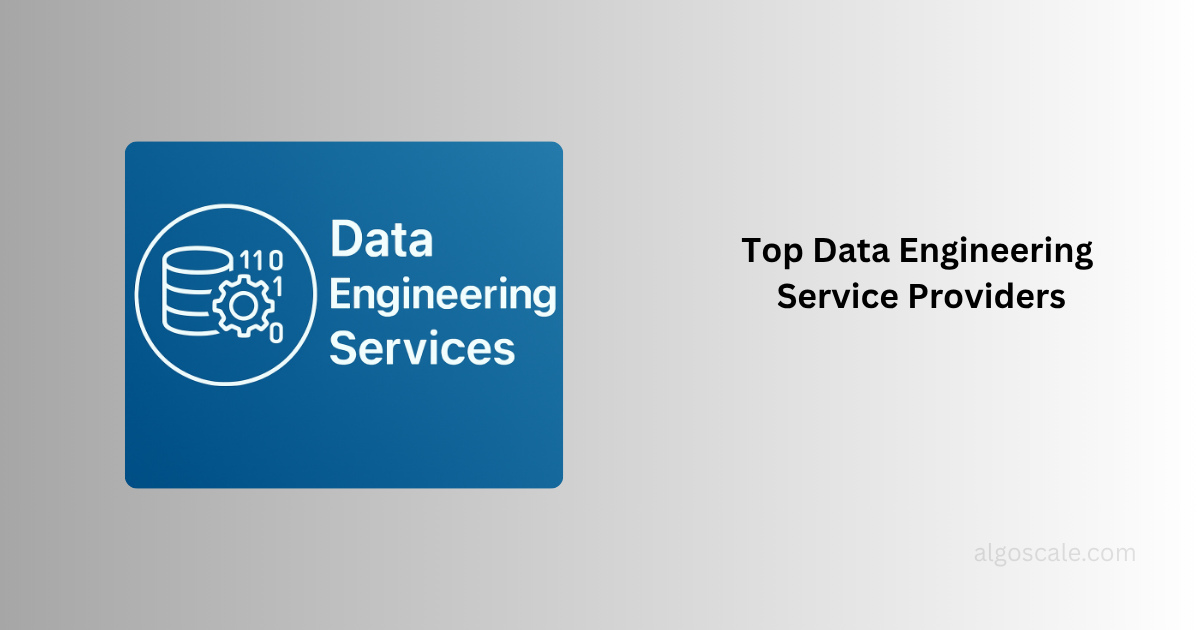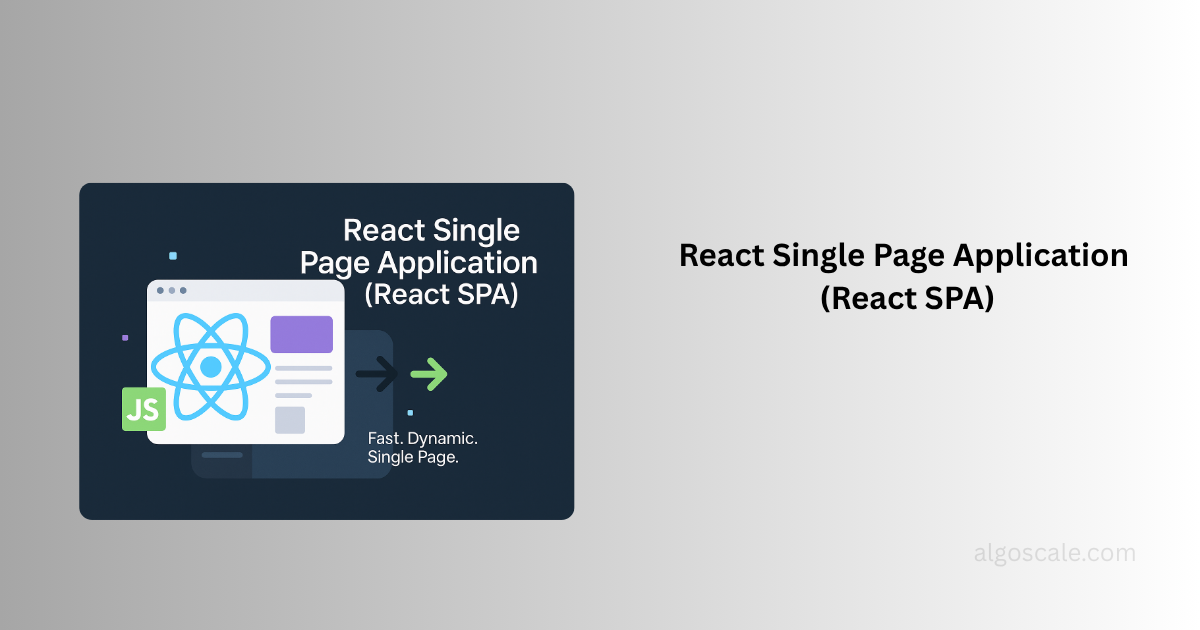Data, and a lot of it, is at the heart of any company’s success or failure. Businesses are going all out to strengthen their market position by knowing their consumer base, making continuous changes in their operations, outperforming their competitors, and so on. However, there is so much data in the world now that no human brain can digest it all. In a nutshell, chaos, and perplexity! To aggregate and prepare heterogeneous datasets, unearth new insights, and make game-changing decisions, businesses across all industries are turning to two essential processes: data mining and predictive analytics. While data mining and predictive analytics are two separate approaches to extracting information, both are crucial in assisting firms in making sense of their ever-growing datasets and generating demonstrable value. Algorithms are used in predictive analytics and data mining to discover knowledge and locate the best solutions. And given the fact that they are both concerned with the same subject, these two approaches are often confused. Let’s look at each strategy separately to see how they differ from data mining and predictive analytics.

Predictive Analytics
Predictive analytics is the act of applying business knowledge to patterns observed in a data set in order to forecast trends and behaviors. It refines data sources in order to uncover hidden values from newly identified patterns. These patterns are uncovered by data mining or another method. While predictive analytics does not foretell the future, it does examine the links between data points and provides risk scores to certain scenarios based on prior data. It is strongly linked to machine learning as it makes predictions based on data patterns. Machines take past and current data and apply it to a model to forecast future trends.
Predictive analytics, when used correctly, may help brands capitalize on emerging opportunities and avoid impending problems. Companies must be able to use current data to forecast what will happen in the future in order to remain competitive. It is essential for capturing usable data and using it to forecast future customer behaviors, sales patterns, and other trends. Client success teams employ this technology to reduce churn and increase customer lifetime value. Sales teams frequently utilize predictive analytics to grade leads based on their potential to buy. Manufacturers can use predictive modeling to estimate equipment wear and tear, avoiding costly repairs and downtime and allowing companies to schedule maintenance as needed.
Learn about the Top 5 Predictive Analytics Trends in Retail and Ecommerce

Data Mining
The practice of detecting patterns in a huge data set is known as data mining. It entails collecting information from a data set and transforming it into a usable structure. It discovers new patterns and connections among data elements. Overall, it enables the discovery of hidden patterns in data, which may then be used to create predictions and business decisions. Data mining, when done correctly, provides users with a clear picture of what’s going on. It allows you to remove noise from your datasets, uncover and present useful information to support informed decision-making, and identify anomalies and duplicate records.
Data is gathered from a variety of sources. All of the data is combined and kept in a single data warehouse. Second, the data is preprocessed in order to make data mining possible. The patterns are then recognized using algorithms like grouping, regression, and so on. Finally, graphs are used to analyze and depict these patterns.
Data mining is also a prerequisite for accurate predictive analytics. It is utilized to deliver two key benefits to businesses: summarising past data and identifying relevant patterns, rules, and relationships across different datasets that may be used to forecast future outcomes. Businesses can learn more about their audiences, past trends, and present conditions by using data mining. It assists companies in gaining a better understanding of a problem. It finds correlations, trends, and anomalies in vast databases that humans are unable to detect without the assistance of artificial intelligence. It’s employed in a variety of fields, including mathematics, cybernetics, and marketing. Insurance companies can utilize data to set rates and provide customers with competitive options. Retailers might utilize data mining to learn more about their customers and segment them into hyper-specific groups, allowing them to serve out customized deals to different groups.
Predictive Analytics and Data Mining – A Comparison
Although predictive analytics and data mining are sometimes used interchangeably to explain how information or data is handled, the two methodologies have major differences. Data mining and predictive analytics are two distinct but intertwined processes that both play an important part in transforming data into useful information. Each approach reflects one-half of a two-step process, which is the best way to comprehend the difference between data mining and predictive analytics.
Data mining is a method of analyzing and extracting meaningful information from data using algorithms, as well as automatically discovering hidden patterns and relationships. Predictive analytics makes use of the data uncovered throughout the data mining process to forecast future outcomes, model various scenarios, and determine the best course of action in any given situation. Predictive analytics, unlike data mining, tries to motivate people to take action. In essence, the distinction between predictive analytics and data mining is that the former analyses the data while the latter forecasts trends and look for the “what next” part of it. Predictive analytics would not have been possible without data mining because there would be no way to gather information for subsequent predictions. Data mining would be pointless without predictive analytics, as the sheer presence of structured data without a subsequent action plan is not a very effective tool.

Conclusion
The idea of “the more data, the better” isn’t the ideal way to approach data. Larger datasets frequently lead to bigger issues, and without the correct strategy and infrastructure in place, your most precious asset will stay elusive. To avoid this, big data firms employ a variety of methodologies to analyze the video/audio and text content they have, ensuring that every customer is satisfied and stays active on the site for as long as feasible. Data mining and predictive analytics are two of these strategies. While the concept of gathering data and using those insights to construct a strategy plan isn’t new, predictive analytics and data mining make it possible to do it quickly and at scale.
By extracting information from data sets to detect patterns and trends, Algoscale allows businesses to go from a historical to a forward-looking customer viewpoint. Being one of the best Predictive Analytics Companies, our analysts have hands-on experience in utilizing big data and predictive analytics tools to construct decision models, which managers can use to plan for the best potential outcome, using a variety of statistical analyses and algorithms.












